Since it's final establishment by
Clan Skala, the occasional adventurers and expeditioners have been drawn to the village in the wilderness. Most are seeking new lives, temporarily settling in Keskala before moving further into Talaina'Vao. Others choose to settle permeanently, enjoying the solitude of the village but appreciating its closeness to the two large trading hubs of
Rothshield and
Agdrimis. Regardless of why they come of how long they stay, however, the vast majority are ultimately looking to settle down for much a quieter life than they used to live.
No Town of Mine
While the village is named for Clan Skala and history says they did found it, Clan Skala has other ideas; they don't consider themselves to be the leaders or founders of the village, and have little to no interest in those who have decided to settle around them. Instead, it's actually Clan Batrun who takes an interest in the village and does what they can to help out when necessary- though they still keep a slight distance.
Village Structure & Design
Though many of the buildings have been rebuilt from stone, the main section of Keskala remains a mishmash of various architectural styles- largely being a continuous reconstruction of ruins from the site's many previous lives. Still, most of the buildings have been modified to the short, squat style of the
Dwarves- and most non-residential buildings carry the crest of
Clan Skala above their doors.
This does not mean the buildings are designed for
Dwarven bodies, however; even the
Dwarves naturally favor large, open spaces. As a result, most buildings can easily and comfortably accommodate taller denizens such as
Orcs.
Encircling the village is a large stone wall studded with
Demiterium spikes, with bastions located every so many feet. Two gates on either side of the village allow people to move freely between the wilds of Talaina'Vao and the protection of the walls. It's on these walls that Homesteaders in the area take their turns to patrol in shifts of five, keeping an eye out for any sign of danger- aided by the defense it provides them.
The
Demiterium studded throughout the wall successfully nulifies most magic within a radius of 10 feet around the city- while the bastions provide lookouts for encroaching dangers. The physical wall itself, meanwhile, is capable of fending off all but the largest and most dangerous threats to the village.
Beneath this main walled section of the village, however, is something more: A series of small vaults that have been carved out from underground. These are considered communal spaces. Of them, one is a series of catacombs in which the village's dead are entombed- while the others exist as village storage areas ... A fifth one is rumored to exist, however, which is believed to hold what few treasures
Clan Skala managed to save during the collapse of their stronghold. No one knows whether these rumors are true, though, as only
Clan Skala is allowed within this mysterious fifth vault.
Vault One
One of several communal vaults located beneath the village, the entrance is a large square stone building bearing the crest of Clan Skala above its door. Descending the stairs, one is met with a well lit vault in which communal goods are stored- free for use for the community on the condition that community members contribute to the vault in kind.
Vault Two
One of several communal vaults located beneath the village, the entrance is a large square stone building bearing the crest of Clan Skala above its door. Descending the stairs, one is met with a well lit vault in which communal goods are stored- free for use for the community on the condition that community members contribute to the vault in kind.
Vault Three
One of several communal vaults located beneath the village, the entrance is a large square stone building bearing the crest of Clan Skala. The upper part stores fabric and other goods unsuitable for underground storage. Descending the stairs, however, one is met with a well lit vault in which additional communal goods are stored- free for use for the community.
Vault Four
One of several communal vaults located beneath the village, the entrance is a large square stone building bearing the crest of Clan Skala above its door. Descending the stairs, one is met with a well lit vault in which communal goods are stored- free for use for the community on the condition that community members contribute to the vault in kind.
Village Crypt
Tended by Elatha Saunmer, the village crypt is one of several communal vaults located beneath the village.
The entrance is a small square stone building bearing the crest of Clan Skala above its door. Descending the stairs, one is met with a well lit series of tunnels bearing indents into the walls. Nestled into some of these indents are urns containing the remains of Keskala's dead residents- lovingly maintained by the families who entombed them; little iron plaques below each crevice denote the name of the individual and the family they belonged to.
Facilities
Did'ja hear? Dimek's got this ambitious little building project he wants to get on with... Says it'll make the village a trading powerhouse... Iunno how he plans to do it, given the expeditions ain't that big. But we'll see if he ever untwists his breeches enough to manage it, I guess.— Old Lady Canli
Because of the fact most residents live outside of the village walls, instead of within the village propper, most of Keskala's buildings aren't residential in nature. Instead, they often serve some sort of communal function- such as a gathering place, a post office, or some other function. These functions are limited in both scope and nature due to the villages small size and population.
Village Notice Board
A notice board sits next to the entrance of the Wanderer's Tale. Residents of the village frequently post notices to the board for a number of reasons- such as when hands are needed for harvest, emergencies occur, items are taken from the vaults, and more. Old notices are not always removed from the board, but at least one new notice tends to appear each week.
In addition to residential notices, news about other villages nearby- and even about greater
Tolara may be posted to the notice board whenever available. These notices increase in both quantity and frequency after the twice yearly passing-through of the expedition teams, as well as during the months when
Kod Zuzagar and his family make their mail runs, but tend to remain sparse the rest of the year.
The Wanderer's Tale Inn & Tavern.
Keskala's only Inn, The Wanderer's Tale is owned and operated by Marlena Bormann- a member of the only Halfling family to move to the village, to whom many in the village look to for guidance and decisions, despite Clan Skala remaining prominent.
Like many of the buildings in Keskala, the Inn is built in the typical utilitarian style of the village's Druuman founders- being short, squat, and made predominantly in stone. Several large blue and white banners hang from various windows, offsetting its stern appearance, however, and the crest of Clan Skala sits above the large wooden door that acts as its entrance.
Inside, polished Banyan furniture and stone fireplace greets the weary traveler- and, too, the Inn's hostess with a nice cup of Ale and plate of Bacon and Cheese. The few rooms available are cozily made up in the inn's signature blue and white colors, with mattresses changed monthly to prevent bed louse from sneaking in. If one isn't careful, however, they might find one of Mrs. Bormann's eight children riffling through their belongings!
Post Office
Operated by
Kod Zuzagar, the Zuzagar family (including their two children) take the occasional piece of mail to other villages in the area- along with twice yearly trips to
Chara'Huyan,
Rothshield, and
Agdrimis to take mail and get supplies for the community.
Like many of the buildings in Keskala, the village Post is built in the typical utilitarian style of the Keskala's
Druuman founders- being short, squat, and made predominantly in stone. A single red banner with the symbol of a quill hangs from the top of the building- and the crest of Clan Skala sits above the large wooden door that acts as its entrance ... Inside one will find a rather plain building with a single polished Mangrove desk, likely staffed by one of the Zuzagars.
Center Market Square
Situated in the north eastern part of the village, Keskala's market square acts as the primary social hub- allowing permanent residents a place to gather or sell goods to passers through. It’s largely used during the twice yearly movement of the Expedition Teams from the north. On the other days of the year, it’s a bustle of only limited activity, as homesteaders enter town to trade or catch up on news.
While not what one would consider luxurious, it is well paved with heavy bricks. Wooden benches dot the square here and there, providing space to sit and relax or talk- while banners in different colors hang from the surrounding buildings denoting businesses, providing a colorful backdrop to the squat stone buildings; the air is awash with the murmur of movement throughout the day as Keskans move about their business, and the thick smell of cooking fat and ale can be smelled from the villages only inn- conveniently located in the center of the square.
Community Pavillion
Most commonly used for the villages social gatherings, the pavilion has hosted a number of funerals, marriages, and coming of age celebrations over the years.
A large, open air plaza whose roof is held aloft by ornately carved columns, Keskalan's take great pride in the decoration and maintenance of the space; planters are located near every column and planted with fresh flowering vines each year- lending the space a lovely perfumed air when in bloom. meanwhile yards of multicolored fabric hang from the areas between the columns, making the space feel like an oasis; the floor itself is made from thick, smooth bricks of stone that rings with the slap of the village childrens' feet during times of celebration.
Non-Denominational Temple
If one did not know that it was there, they would certainly miss the small Temple tucked away at the back of the village. But here,
Brother Hamid tends to the majority spiritual needs of the Keskalans who call the village home.
Like Brother Hamid himself, the building is simply constructed- being made from wood unlike those around it; only a single crimson banner with the flame symbol of An'hang makes passers aware of its function. Inside one will find two rows of pews facing a central Altar containing statues for
Gormriik,
Ilienna,
Faenya,
Niadhovar,
Darahael, and
An'hang. On the left, however, one may find a small nook closed by a red curtain- a space provided for those who would like to sit in more private contemplation.
Party Lodging
The party maintains a small, slightly dilapidated house on the edge of town, shared by
Ceiba Lanael,
Shael Ash, and
Aneirin e'Mylel. The house was unfortunately destroyed during the attack on Keskala on
12 Fenet 6441, and has not been rebuilt. Prior to the attack, however, its interior had been filled with plants and other things grown by
Ceiba and most often tended by
Aneirin.
Mala'kai Avirotka stays at his family home on the other edge of the market square. During the same attack the house was partially destroyed on the top story but otherwise escaped damage. As of
22 Fenet 6441 the house was undergoing repairs.
Aetheldreda Parindi has no known lodging in Keskala.
Another Purpose
Keskala's Post Office doesn't just serve to take the mail and gather supplies. It also serves as a front for a smuggling buisiness ran by Kod Zuzgar; aided by
Shael Ash, the two regularly aid runaway slaves from elsewhere in
Tolara- helping them resettle in the Talaina'Vao region and make new lives for themselves.
Population
You didn't hear if from me, but old Hanza an Gertik- you know, that old codgey Orc couple that live north'a the wall... Well they been fightin fierce lately. Says Gertik lost the Oelots on purpose. Don't believe him that a Kruthik got 'em- and if they did, he's a coward for not bringin the head home for the wall!— Old Lady Canli
Keskala is incredibly small and maintains a permanent residency of only 348 to 350 individuals. The majority of this permanent population consists of Druuma from Clan Skala and Dasmiira from Clan Batrun, as well as Thai'lar and Tameri. A handful of Orkind, Ma'aerla, and Fereni also call the village home- as does a single Maiskin family.
Outside of the small number of permanent residents, the village sees visitors twice yearly. Once when Expeditions enter the southern peninsular in the late rainy season- and again when they return to northern
Tolara before the cold season; these expedition teams rarely stay long, but bring much needed supply and news to to village, often also carrying news back with them to any family residents may have further up the trail. Aside from this, however, Keskala rarely sees other visitors and relies on its own production to survive.
The vast majority of Keskala's residents were once expeditioners themselves. These individuals usually live outside of the village walls on family homesteads, and earn their keep through hunting and minor agriculture. While they frequently only produce enough for their own families to survive, excess is stored in the city's communal vaults for free use by any other families in need. This is further supplemented with fibercrafts and toolmaking- which provides the bulk of the village's trade income with any passers through.
Culture & Tradition
Little Ora Mai was married to that Fereni boy Jiyar last week. Why, I remember when that Genasi babe was no more the size of a Stirge- and so much energy! You wouldn know it with how quiet an thoughtful she be now, but she was always runin around screaming that little blue head of hers off an beggin for a pastry... My, time flies for the lit'luns, doesn't it?— Old Lady Canli
Due to the dangers of life in Talaina'Vao, Keskalans value community and hospitality above all else. This emphasis on community is unique among those who find themselves settled in Talaina'Vao- who frequently value self sufficiency and survival more. It is perhaps this difference in values, however, that has allowed Keskala to survive as long as it has in such a dangerous area.
Excess production of all forms is shared freely among those in need before ever being considered for trade, and families frequently go out of their way to help others. Marriages, funerals, coming of age celebrations, and more, are likewise important to the residents. These are usually celebrated communally- often with all Keskans coming together and pitching in to help with the decoration, planning, entertainment, and supplies.
Because so many of the villages residents live outside of the walls to maintain their privacy and space, regular wellness checks are often performed on homesteads as well- typically when the families haven't been heard from in a while ... Usually these turn out just fine, but occasionally villagers have found homesteads abandoned or attacked. Over the years this has led to better external warning systems for the village. Now every Homestead in the area has a large bell they can ring in the event of an attack, to signal the other Homesteaders to come to their aid.
These elements come together to create a community with strong social bonds, where everyone looks out for one another. Violence tends to be low in the village for that reason- isolated to the occasional marriage tiff, or the odd fight with an Expeditioner passing through the area.
On 12 Fenet 6441, during the
Into the Wilds campaign, the party returned after a trip to explore a set of abandoned ruins to find that Keskala was attacked by a
Pukei-Pukei. The attack decimated a large portion of the village and killed a significant number of residents- including the house shared by Ceiba, Shael, and Aneirin. Mal's parents' house was also half destroyed, and his father injured.
The party stayed to aid the village and help repair as much as possible before leaving with Kod to the city of
Rothshield in order to drop off refuges, order much needed supplies for the village, and see about hiring help for the rebuilding effort (among other things).






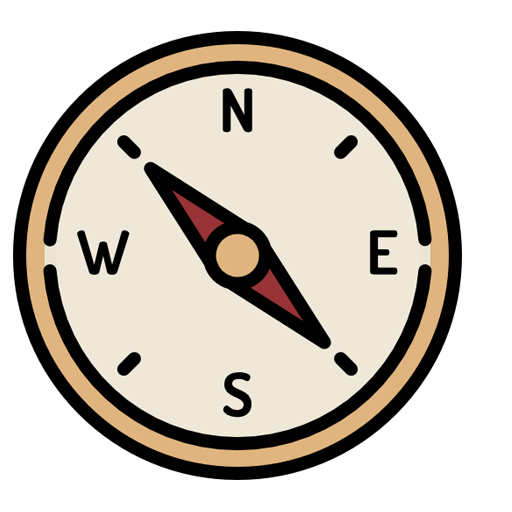


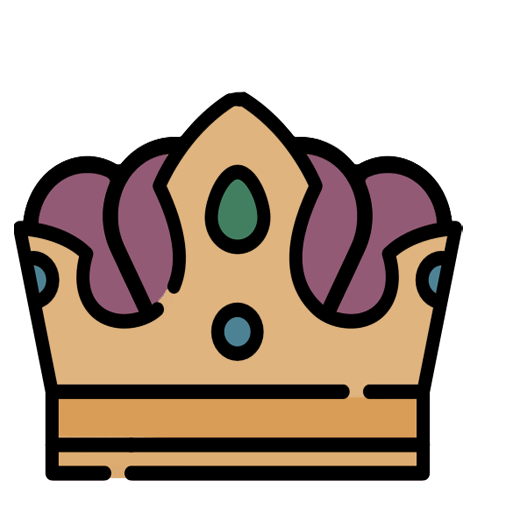
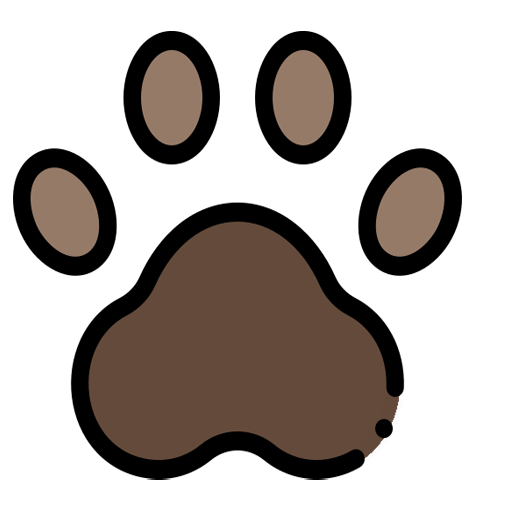
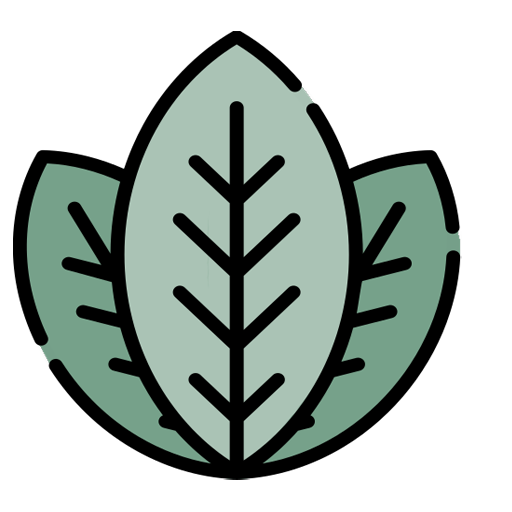







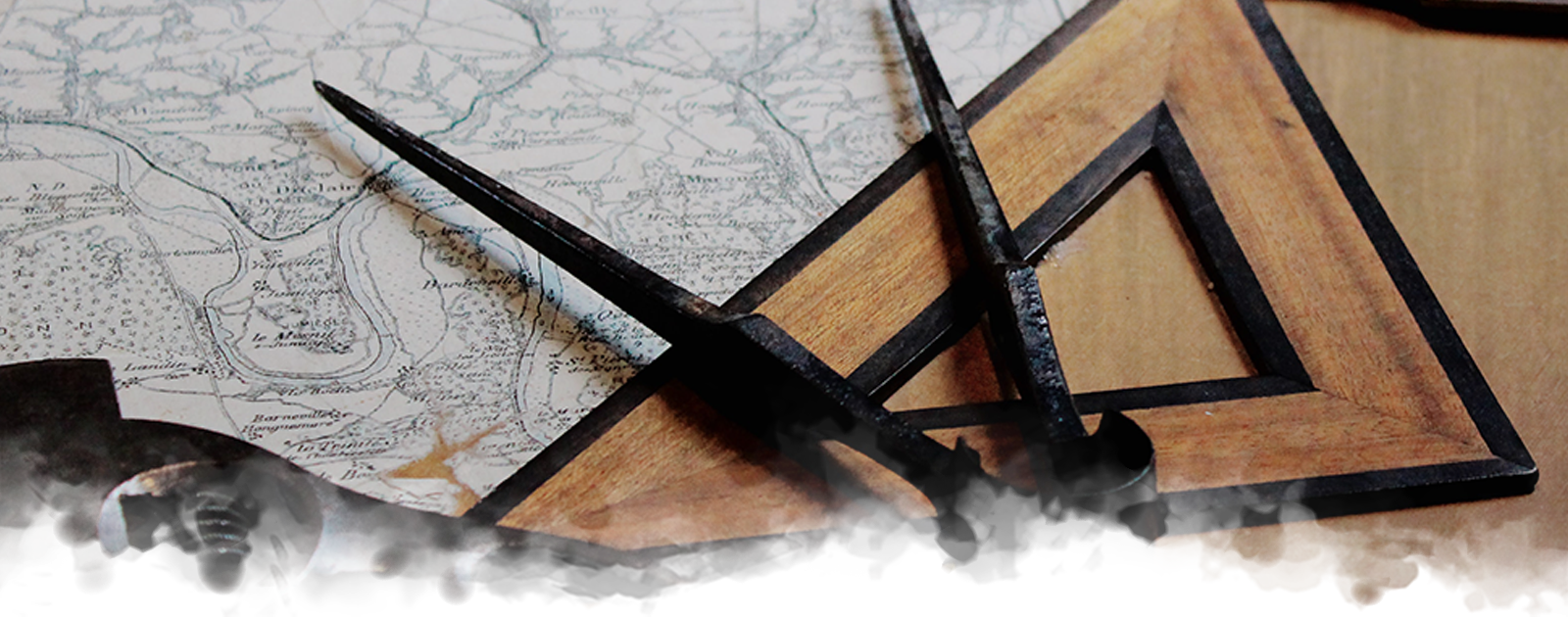

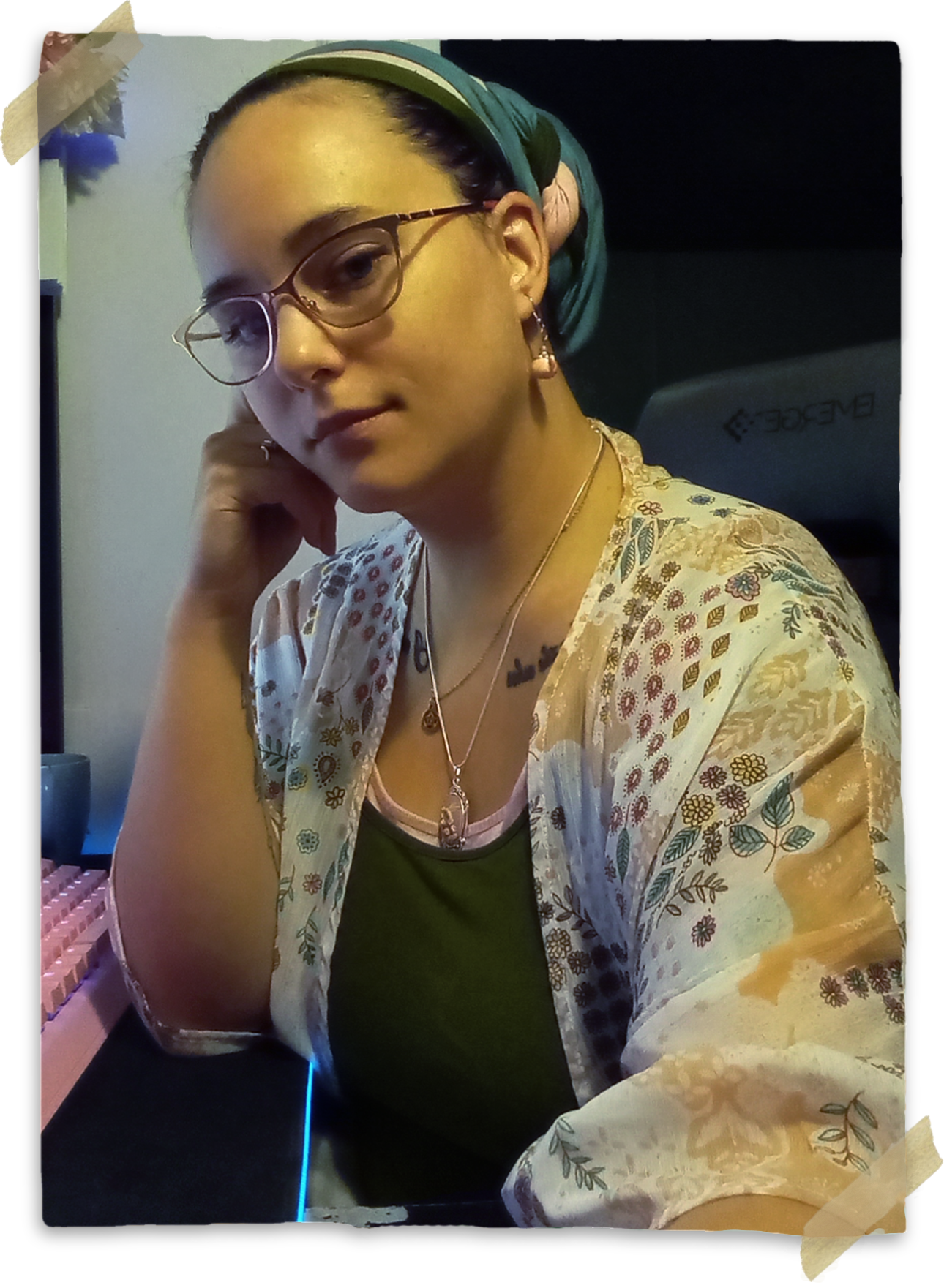
Comments
Author's Notes